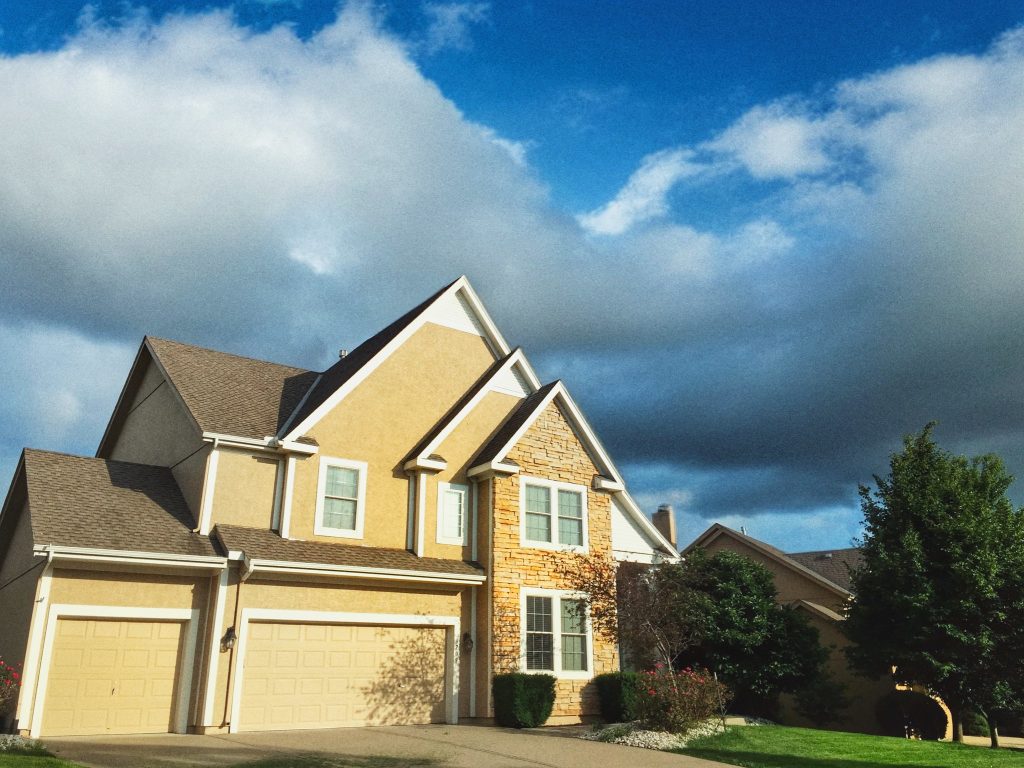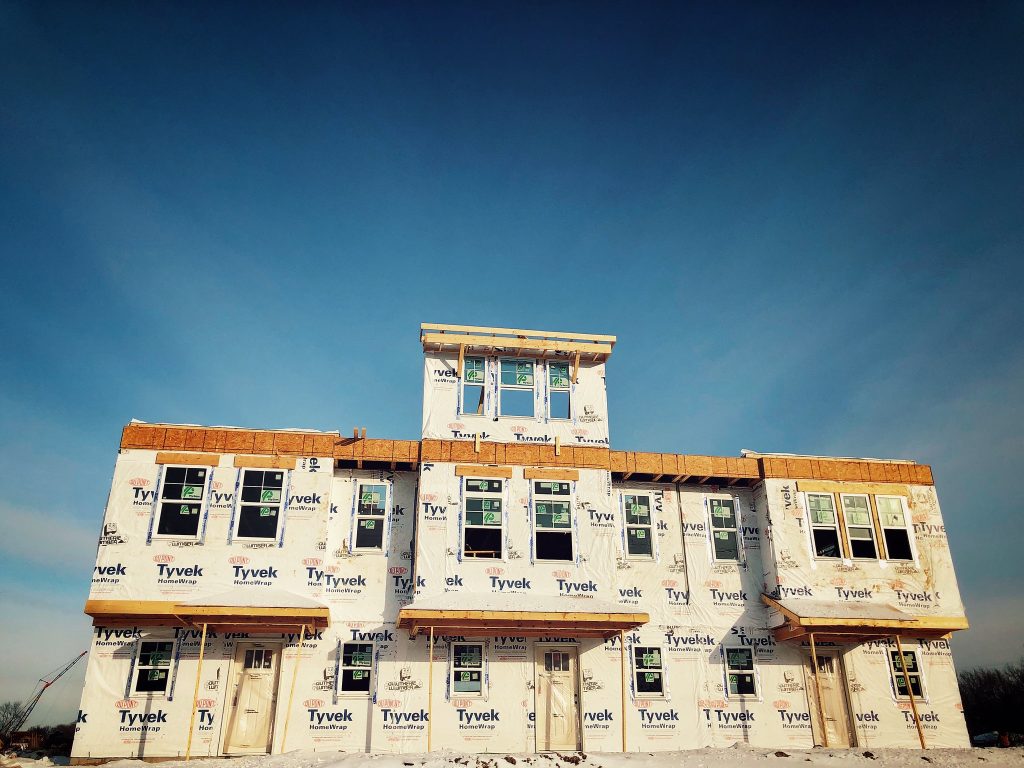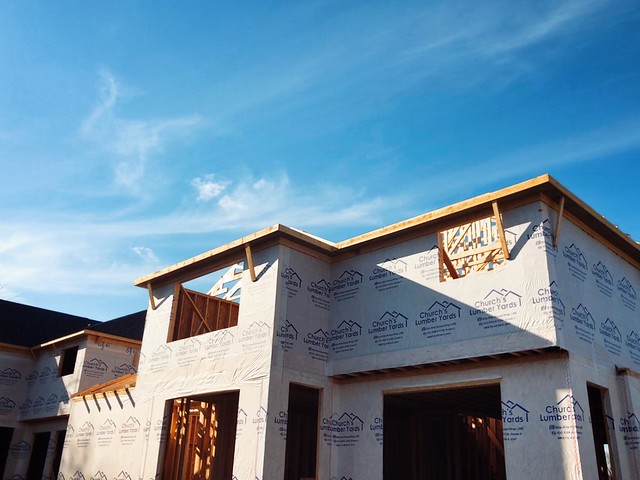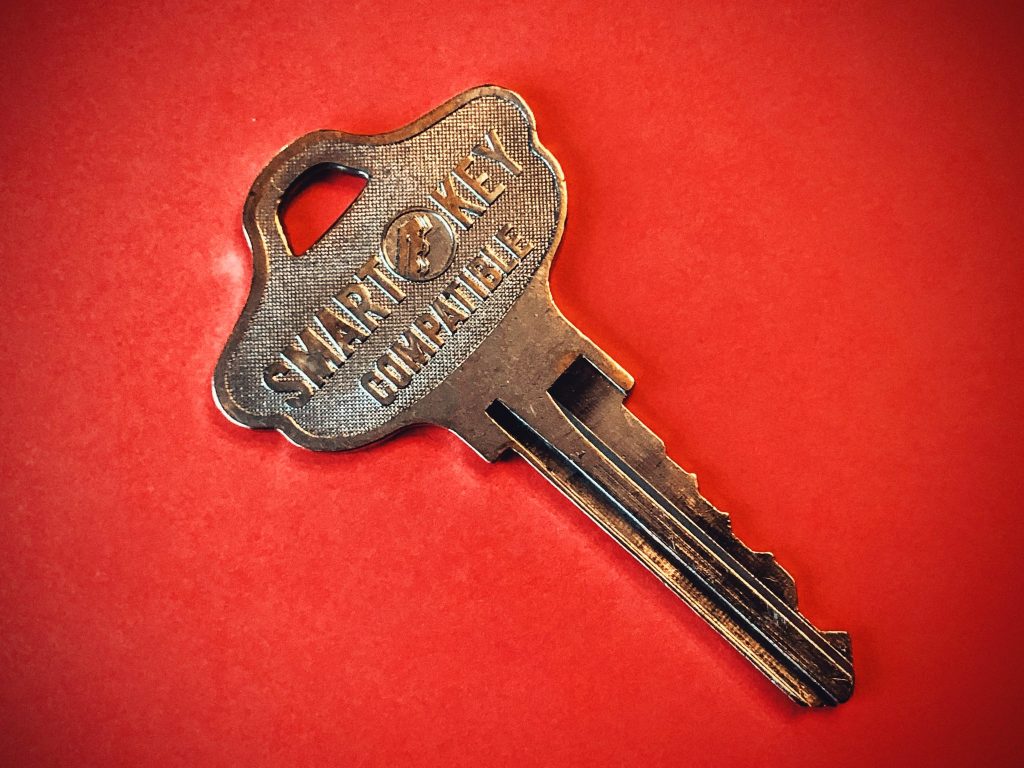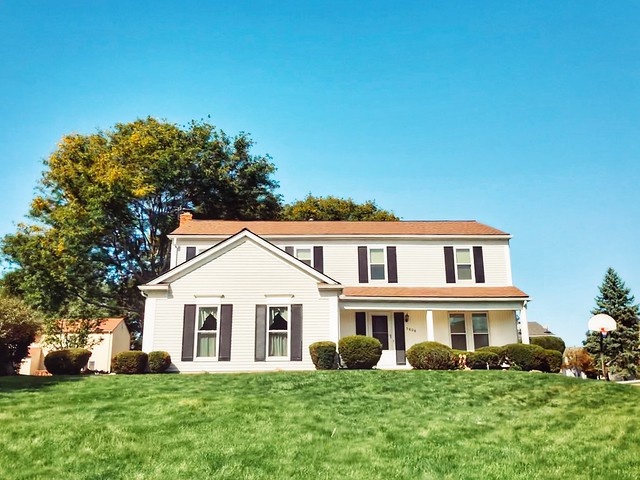The home buying process involves a lot of compromise. After all, you’re unlikely to find a house that has every one of the features and amenities on your wish list unless you have one built to your exact specifications. That means you’re going to have to be flexible and you may even have to rethink your priorities once or twice along the way. It seems millennial buyers have already figured this out. According to a new survey from the National Association of Home Builders, millennial home buyers are looking for the most square footage among surveyed generations, but more than half of them also said they’d take a smaller house over a bigger one if it had higher-quality products and amenities. In other words, they’re ready to compromise. Buddy Hughes, chairman of the National Association of Home Builders, says builders are making adjustments too. “Buyers are willing to make compromises to find the best possible home for their families,†Hughes said. “Our nation’s builders are willing to meet buyers where they are and construct a high-quality home to meet their family’s needs.†(source)
